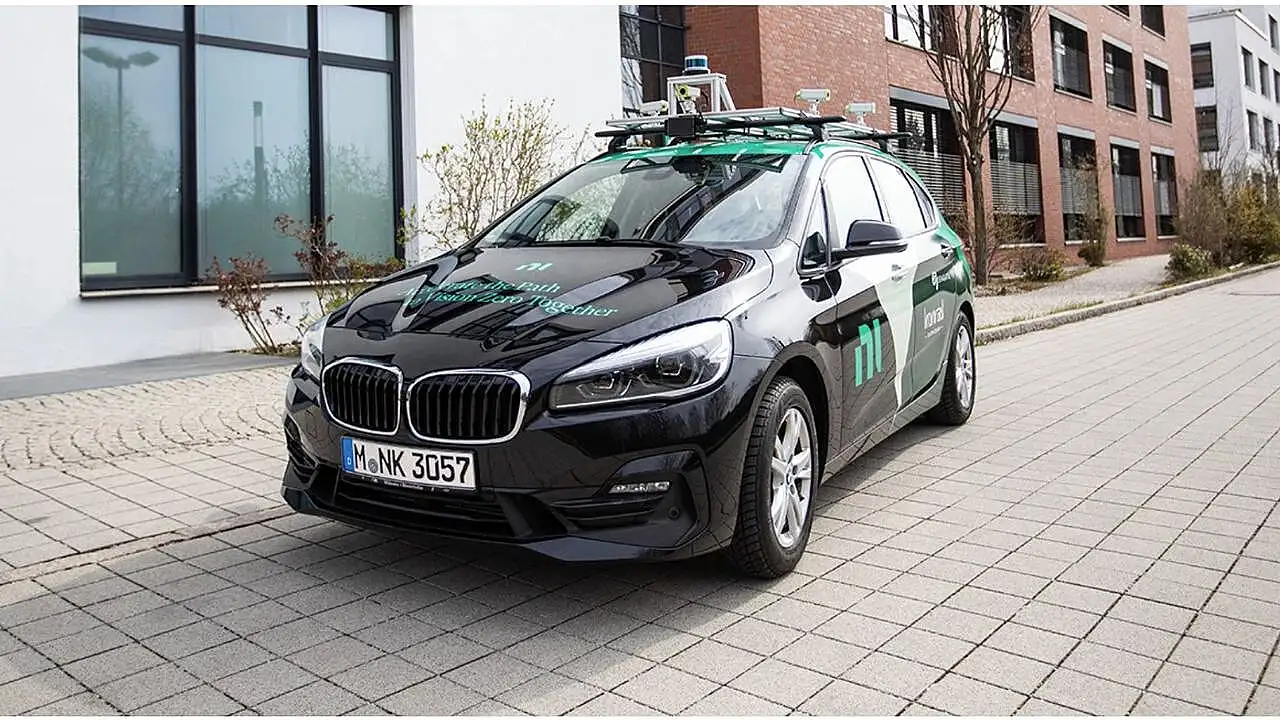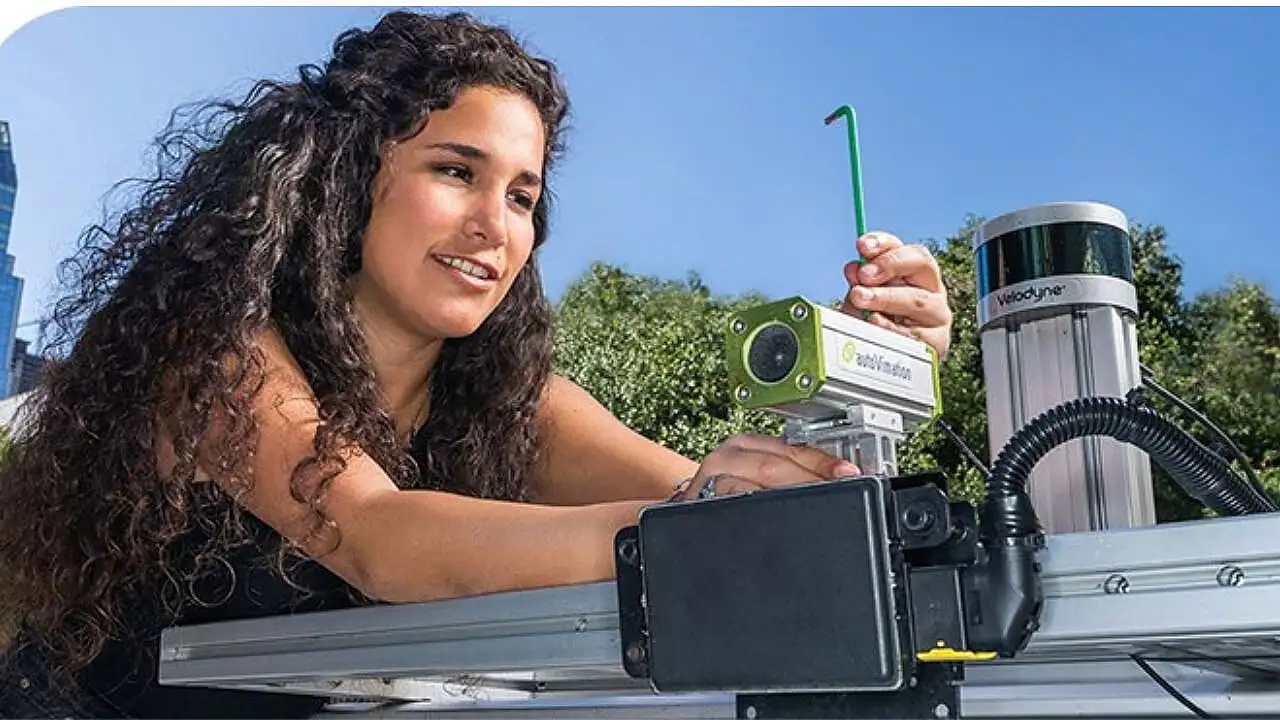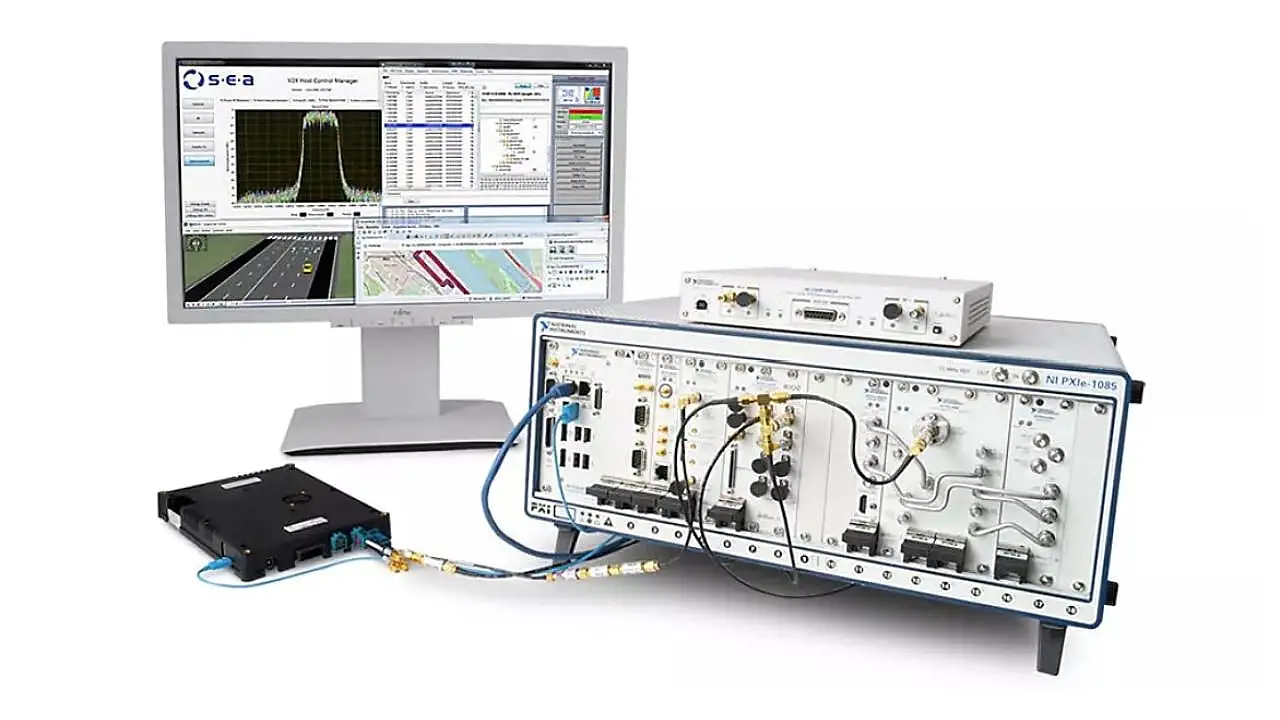
Rigorous testing and precise measurement are essential for any technological innovation, especially for products or services where safety and reliability are paramount. Nowhere is this more critical than in autonomous driving technology and advanced driver-assistance systems (ADAS), which are no longer futuristic concepts but are actively reshaping vehicle safety and mobility. These systems, designed to minimise accidents, reduce human error, and ultimately save lives, rely on the seamless integration of advanced sensors, analytics, and control systems. This is where cutting-edge technologies from companies like Emerson, whose Test and Measurement Business Group comes into play, ensuring these innovations meet the highest standards of performance and safety.
Discussing the challenges of managing complex testing scenarios that replicate real-world driving conditions, Shitendra Bhattacharya, Regional Director of Emerson’s Test and Measurement Business Group, told Mobility Outlook that Emerson’s NI open platform seamlessly integrates with advanced modelling and simulation environments. This enables the company to accurately replicate diverse real-world driving conditions in the lab, ensuring highly precise testing.
By leveraging Hardware-in-the-Loop (HIL) systems, the company simulates dynamic conditions in real-time to ensure the accuracy of results. Additionally, the platform supports the integration of multiple sensors to capture multi-modal ground data from reference vehicles. These in-vehicle recordings provide vital feedback for refining algorithms and making continuous adjustments. Data collected from both reference vehicles and in-lab HIL testing are further analysed to validate results, ensuring they meet industry safety standards and performance benchmarks.

Testing Critical Edge-cases
Testing critical edge cases, such as sudden pedestrian movements, extreme weather conditions, and unexpected road obstacles, is essential to ensure the reliability of ADAS systems. Bhattacharya said, modern ADAS technologies rely on multi-modal inputs from radars, LiDARs, and camera sensors to detect and respond swiftly to these unpredictable events. To meet these rigorous demands, lab-based HIL validation allows testing against thousands of simulated scenarios, ensuring ADAS robustness in even the most challenging conditions and significantly reducing failure rates.
Global Tier-1 suppliers and OEMs are increasingly exploring the use of AI and Machine Learning models to enhance prediction accuracy and response times in these critical edge cases. This advanced approach enables faster adaptation and smarter decision-making, pushing the boundaries of ADAS reliability in real-world driving environments.
Discussing how the company supports customers in integrating data from various sensors—such as cameras, LiDAR, radar, and ultrasonic—and ensuring consistent performance across diverse environments, Bhattacharya highlighted Emerson’s advanced sensor fusion solutions, which seamlessly integrate data from multiple sources to ensure precise and accurate system interpretation.
“Our flexible data processing frameworks are designed to be tailored to specific applications, allowing for a high degree of customisation,' he explained. 'We employ rigorous testing and validation processes to ensure that sensor performance remains consistent in varying environments. Additionally, our real-time synchronisation tools harmonise sensor data from different sources, while our technical support helps customers optimise and adapt their systems to meet evolving challenges,” he added.
This combination of advanced technology and support empowers customers to achieve unparalleled accuracy and reliability in their ADAS systems, even in the most complex scenarios, he said.
Data Management
Another significant challenge is efficiently managing the vast volumes of data generated during ADAS testing, which is crucial for refining system algorithms. To address this, Emerson implements high-speed, scalable storage solutions capable of handling the large datasets produced during testing. 'We employ a hybrid approach that leverages edge computing for real-time data processing, combined with cloud platform partnerships for deeper analysis, delivering faster and more actionable insights,” Bhattacharya explained.

Advanced analytics and machine learning tools further enhance the ability to process complex data, enabling continuous optimisation of ADAS algorithms. Emerson also employs data compression techniques to reduce storage requirements without compromising essential information. Feedback loops are integrated into the process to continually refine algorithms, ensuring improved accuracy and system performance over time.
Factoring Human Element
Addressing the complexities of testing driver responses to ADAS alerts, especially when factoring in the human element, Bhattacharya drew attention to the importance of regional diversity in driving behaviors and traffic conditions—particularly in dynamic environments like India. 'The unpredictability of real-world scenarios presents a significant challenge in balancing controlled test conditions with actual driving experiences,' he noted.
The company measures driver reaction times while accounting for distractions, fatigue, and stress, adapting ADAS settings to align with local driving habits. Understanding human-machine interaction is equally critical, as the company evaluates driver comfort and trust in ADAS technologies. This approach ensures that ADAS alerts are not only relevant but also effective, enhancing both driver confidence and system performance in diverse and unpredictable environments.
Cost-effective Solutions
Despite the numerous challenges, providing cost-effective solutions for building advanced simulation environments, sensor testing labs, and real-world trial infrastructure remains essential. Emerson addresses this by offering scalable, modular simulation and testing platforms that enable customers to create customised environments without the burden of high upfront costs. 'Our collaboration with cloud-based simulation services further reduces the need for expensive in-house infrastructure while maintaining high performance,' Bhattacharya noted.
Pre-configured sensor testing labs streamline the setup process, cutting down on development costs, while multi-purpose test benches are designed to maximise hardware usage, enhancing overall efficiency. To ensure long-term cost-effectiveness, the company provides continuous support and software updates, extending the lifecycle of testing infrastructure and ensuring that customers remain at the cutting edge of technology without incurring excessive expenses.
Cyberattacks
Given the vulnerability of ADAS systems to cyberattacks, ensuring data security and integrity throughout the testing process is paramount. Emerson employs advanced encryption techniques to safeguard ADAS data during testing, preventing interception or tampering. 'We integrate simulations of cyberattack scenarios into the testing process to assess and fortify system vulnerabilities,' Bhattacharya explained.
Continuous data integrity checks are implemented to detect and prevent any unauthorised access or manipulation, ensuring the system's resilience. Additionally, the company adheres to stringent global cybersecurity standards, ensuring that ADAS systems not only meet but exceed the highest security benchmarks, both during testing and eventual deployment. This commitment to cybersecurity ensures the long-term reliability and safety of ADAS technologies in real-world applications, he noted.

Ever-evolving Technologies
The automotive sector is witnessing a rapid evolution of technologies, driven by both customer expectations and safety regulations. Addressing the challenges of keeping pace with the swift advancements in ADAS, Bhattacharya elaborated that the company frequently updates its testing tools and methodologies to stay ahead. 'We continuously adapt our procedures to align with the ever-evolving global and regional safety standards, ensuring full compliance,' he noted.
The company’s testing methodologies are specifically designed to assess AI-driven features, such as adaptive cruise control, which demand dynamic and sophisticated testing environments. It also scales its infrastructure to accommodate the integration of new ADAS systems with technologies like V2X, ensuring seamless compatibility. Additionally, it equips its teams with multidisciplinary expertise in AI, cybersecurity, and automotive engineering, enabling them to effectively navigate and support the rapid technological evolution within the automotive industry.
Bridging The Gap
Addressing the challenge of bridging the gap between real-world testing and simulation, he highlighted the company’s innovative approach. 'We integrate real-world testing with HIL systems, allowing simulations to seamlessly interact with actual hardware, resulting in more precise validation.' He explained how the company's open platform supports advanced modeling tools that replicate real-world conditions with utmost precision, further enhanced by leveraging real-world test data to improve simulation accuracy.
Besides, the company employs iterative feedback loops between real-world and simulated environments, continuously refining the models to ensure consistency in test outcomes. This approach not only accelerates development but also enhances overall system reliability and performance, effectively bridging the gap between simulation and real-world testing, he added.
Also Read:
Tata Elxsi & Emerson Set Up A Mobility Innovation Centre In Bengaluru